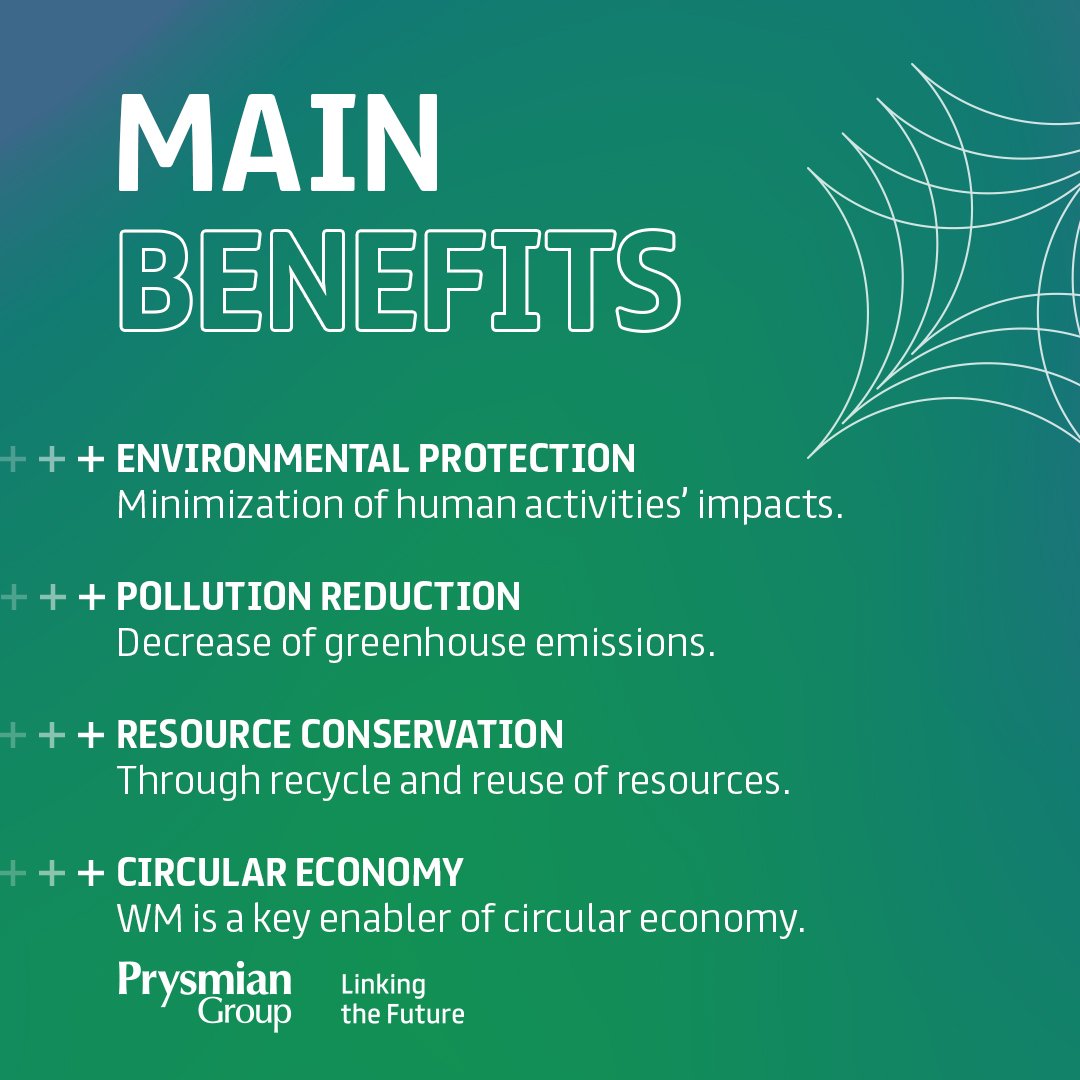Indicators on Reclaim Waste You Should Know
Indicators on Reclaim Waste You Should Know
Blog Article
Some Ideas on Reclaim Waste You Need To Know
Table of ContentsThe Definitive Guide for Reclaim WasteSome Of Reclaim Waste4 Simple Techniques For Reclaim WasteThe Greatest Guide To Reclaim WasteFascination About Reclaim Waste
Discover the kinds, events, and kinds of liquid waste. Domestic sewer waste describes the waste and products from a domestic septic system. This kind of waste is produced by human beings in residences, schools, and various other structures. This only includes septic systems that have a drain area. The proper monitoring and disposal of domestic sewage waste call for fluid waste to be transferred to a sewer therapy plant where the proper approaches and devices are applied to cleanse and throw away waste.
Business waste frequently includes prospective risks, such as combustible products or a mix of liquid and strong waste items, and calls for a more advanced and comprehensive disposal procedure. The disposal of business waste usually entails the filtration of waste before transport to make certain safe and appropriate disposal. Hazardous waste is created from by-products and overflow of commercial processes and manufacturing.
This kind of waste can not make use of the same sewer administration transportation or processes as septic or commercial liquids. The hazardous waste management procedure calls for the evaluation and screening of fluid waste before it undertakes the disposal process (liquid waste disposal melbourne). Runoff waste is the liquid waste that comes from runoff and excess stormwater in highly populated areas or cities
Overflow waste can trigger contamination and flooding if not taken care of properly. Making certain proper waste administration can protect against calamities and minimize environmental injury.
The 15-Second Trick For Reclaim Waste
Call PROS Solutions today to find out about our waste monitoring and disposal solutions and the appropriate methods to take care of the fluid waste you generate.
(https://reclaimwaste1.bandcamp.com/album/reclaim-waste)This so-called 'wastewater' is not only a vital resource however, after treatment, will certainly be released to our land, waterways or the sea. Used water from toilets, showers, baths, kitchen sinks, washings and industrial procedures is known as wastewater.

water made use of to cool down machinery or clean plant and tools). Stormwater, a type of wastewater, is runoff that streams from farming and urban areas such as roofs, parks, yards, roads, paths and gutters right into stormwater drains, after rain. Stormwater streams neglected directly to local creeks or rivers, ultimately getting to the sea.
The 5-Minute Rule for Reclaim Waste
In Queensland, a lot of wastewater is treated at sewer treatment plants. Wastewater is transferred from domestic or industrial websites via a system of sewage systems and pump terminals, understood as sewerage reticulation, to a sewage treatment plant.
The Division of Natural Resources advises local governments regarding handling, operating and keeping sewage systems and therapy plants. In unsewered locations, regional federal governments may require householders to mount specific or family sewer treatment systems to deal with residential wastewater from toilets, kitchens, restrooms and laundries. The Division of Natural Resources authorizes making index use of household systems when they are proven to be reliable.
In some new neighborhoods, therapy of some stormwater to eliminate litter, sand and crushed rock has actually begun using gross toxin traps. Wastewater therapy occurs in 4 stages: Gets rid of solid issue.
Wastewater after that flows right into large containers where solids work out and are removed as sludge. Oil and scum are skimmed from the surface area. Utilizes little living organisms recognizes as micro-organisms to damage down and eliminate remaining dissolved wastes and great particles. Micro-organisms and wastes are included in the sludge. Removes nitrogen and phosphorus nutrients that can cause algal blossoms in our waterways and endanger water life.
The 5-Minute Rule for Reclaim Waste
Nutrient elimination is not offered at all sewage treatment plants due to the fact that it calls for costly specialist devices. Clear liquid effluent produced after therapy might still consist of disease-causing micro-organisms - industrial wastewater treatment.

This typically implies wastewater has to be treated or impurities eliminated before it can be discharged to rivers. The majority of wastewater moves right into the sewage system. Under the Act, regional federal governments carry out authorizations and permits for eco relevant activities (ERAs) including wastewater releases that might have a regional impact. The department administers authorizations and licences to Periods including wastewater releases that may have a regional or statewide influence.
6 Simple Techniques For Reclaim Waste
Or else, examples are taken for lab analysis. Usually many tests are required to establish the levels of each of the different toxins such as oils, heavy steels and chemicals in water. Monitoring supplies factual info concerning water quality and can verify that permit problems are being met. The information acquired with surveillance gives the basis for making water quality decisions.
Report this page